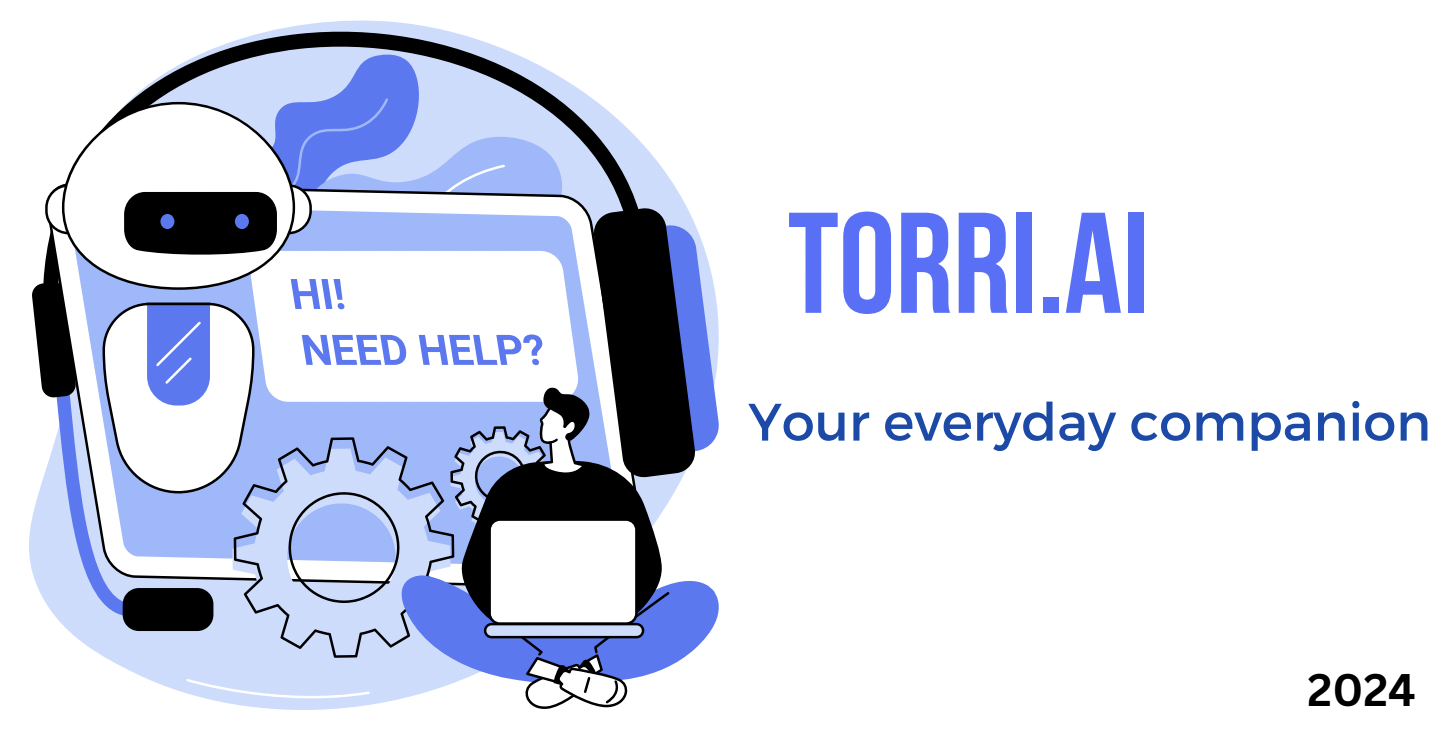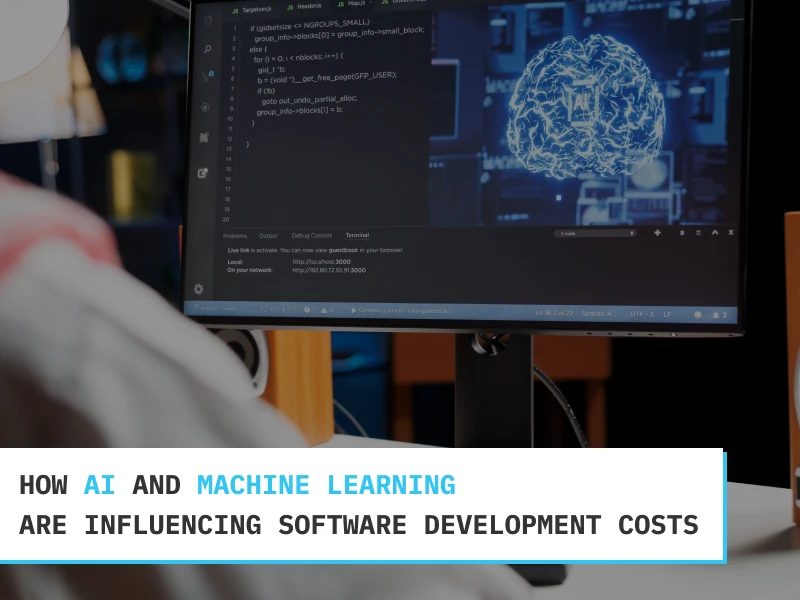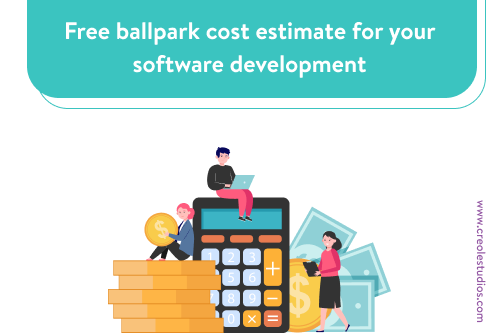Summary
The integration of Artificial Intelligence (AI) and Machine Learning (ML) into software development processes has significantly changed AI development costs. This article explores how AI and ML are reshaping software development costs, from reducing overheads to streamlining processes and enhancing efficiency.
Introduction
Software development has traditionally been associated with substantial costs, including labor, infrastructure, and maintenance expenses. Additionally, the emergence of the Software Cost Estimation Tool, has further streamlined the estimation process, allowing for more accurate predictions and better resource allocation. However, with the advent of AI and ML technologies, there has been a paradigm shift in the way software is conceived, developed, and deployed. These advancements have not only revolutionized the development process but have also had a profound impact on AI development cost, leading to more affordable and scalable solutions for businesses.
How AI and ML are Reducing Costs
Artificial Intelligence (AI) and Machine Learning (ML) are significantly reducing costs across various industries through automation, optimization, and improved decision-making capabilities. The continuous advancement of AI and ML technologies ensures that AI development costs are becoming more predictable and manageable over time. As businesses adopt these technologies, tools like a website cost calculator provide a clearer view of total project costs.
Here are several ways AI and ML are contributing to cost reduction:
- Automation of Repetitive Tasks: AI and ML algorithms can automate repetitive tasks previously performed manually. This automation reduces labor costs and minimizes errors, increasing efficiency and software development cost savings.
- Predictive Maintenance: By analyzing historical data and sensor readings, AI can predict equipment failures before they occur. This allows businesses to schedule maintenance proactively, preventing costly downtime and reducing the need for emergency repairs.
- Optimized Supply Chain Management: AI algorithms can optimize supply chain operations by forecasting demand, optimizing inventory levels, and identifying inefficiencies in logistics. This reduces inventory costs, lowers transportation expenses, and improves overall supply chain performance.
- Fraud Detection and Prevention: AI and ML algorithms can analyze vast amounts of transaction data to identify patterns indicative of fraudulent activity. By detecting and preventing fraud in real-time, businesses can avoid financial losses and protect their assets.
- Customer Service Automation: AI-powered chatbots and virtual assistants can handle routine customer inquiries and support requests. Automating customer service processes allows businesses to save on software development costs while maintaining satisfactory customer experiences, reducing the reliance on human agents.
With organizations adopting cost estimation software, the overall landscape of software development is expected to become more cost-efficient and predictable.
Understanding Traditional Software Development Costs
Traditional software development cost estimation can be a time-consuming and error-prone process. Many factors influence the final cost, making it challenging to provide accurate estimates. Fortunately, several tools can streamline this process by taking into account project complexity, team size, and historical data to generate more precise cost forecasts. In contrast, leveraging AI and ML not only improves cost estimation but also addresses the AI development cost aspect, optimizing the overall budgeting process.
Several factors influence software development costs, here’s a general breakdown:
- Project complexity: This is the biggest cost driver. Simple apps with basic features can cost anywhere from $10,000 to $40,000, while complex enterprise software with robust features and security can reach over $500,000.
- Team size and location: Highly skilled developers in places like the US or Western Europe will command higher hourly rates compared to those in other regions.
- Development approach: Fixed cost, time and materials, or agile development models all have different pricing structures.
Here’s a rough idea of traditional software development costs based on complexity:
- Basic complexity: $30,000 – $100,000
- Average complexity: $45,000 – $180,000
- Advanced complexity: Over $100,000 and can reach $500,000 or more
Read More: Cost Estimating Software vs. Traditional Methods: A Comparative Analysis
Impact of AI and Machine Learning on Reducing Software Development Costs
AI and ML innovations, paired with tools like the website cost calculator, are transforming cost estimation in software and web development. By incorporating these advanced capabilities into software cost estimation, developers can benefit from more granular cost predictions based on real-time data and historical trends.
AI and machine learning have significantly impacted software development processes, offering several avenues for reducing costs:
- Automated Code Generation: AI-powered tools can automate certain aspects of code generation, such as scaffolding, boilerplate code writing, and even entire modules in some cases. This translates into lower AI development cost for companies investing in these technologies.
- Bug Detection and Resolution: Machine learning algorithms can be trained on large datasets of code to identify patterns that often lead to bugs or errors. By automatically detecting these issues early in the development cycle, developers can save significant time and resources that would otherwise be spent on debugging.
- Predictive Analytics for Resource Allocation: Machine learning algorithms help predict resource needs accurately, directly affecting AI development cost by ensuring better resource utilization and cost management.
- Automated Testing: AI and machine learning techniques can automate the testing process by generating test cases, prioritizing them based on risk, and even executing tests autonomously. This not only saves time but also improves test coverage, reducing the likelihood of costly bugs escaping into production.
- Code Optimization: AI can analyze code performance and suggest optimizations automatically. This can include identifying redundant code, suggesting algorithmic improvements, or optimizing resource usage, ultimately leading to more efficient and cost-effective software.
- Natural Language Processing for Requirements Gathering: AI-powered natural language processing (NLP) tools can assist in gathering and analyzing requirements from various sources such as user feedback, documentation, or emails. This helps in understanding user needs more accurately and streamlining the development process, reducing costly rework due to misunderstood requirements.
Integrating software cost estimation tool into AI-driven processes can further streamline and reduce software development costs by providing accurate and efficient resource allocation and financial planning tools.
Read more: The Role of Artificial Intelligence in Enhancing Software Cost Estimation Accuracy
Future Trends and Possibilities
Looking ahead, emerging technologies like quantum computing hold the potential to further revolutionize software development and cost structures.
Quantum Computing Potential
- Quantum computing offers unprecedented processing power due to its ability to leverage quantum bits (qubits) for computations.
- Unlike classical computers, which operate based on binary digits (bits), quantum computers can process data in multiple states simultaneously, allowing for exponential increases in computational speed and capacity.
Algorithm Development and Optimization
- Quantum computing could transform algorithm development with much faster and more efficient algorithms than traditional ones.
- In machine learning and AI, tough problems can be solved faster. This speeds up software development progress.
Enhanced Data Analysis
- Quantum computing, with its enhanced processing power, could lead to more efficient algorithms and improved data analysis, further impacting the overall AI development cost.
- This can lead to more accurate insights, predictions, and decision-making in software development, resulting in cost savings through improved efficiency and effectiveness.
Potential Applications
- Quantum computing holds the potential to unlock new possibilities in fields such as cryptography, simulation, and material science, which can indirectly impact software development.
- Advanced cryptographic techniques enabled by quantum computing can enhance cybersecurity measures in software applications, reducing the risk of data breaches and associated costs.
Conclusion
AI and ML technologies are playing a pivotal role in reshaping Software Development Costs. By automating tasks, optimizing processes, and harnessing the power of data analytics, these technologies are driving down expenses and enabling more efficient, agile, and cost-effective software development practices. Utilizing tools like software development cost calculator in these processes enhances accuracy and efficiency. As we embrace the opportunities presented by emerging technologies like quantum computing, the future of software development cost optimization looks brighter than ever.














 30 mins free Consulting
30 mins free Consulting 
 7 min read
7 min read 







 Love we get from the world
Love we get from the world 